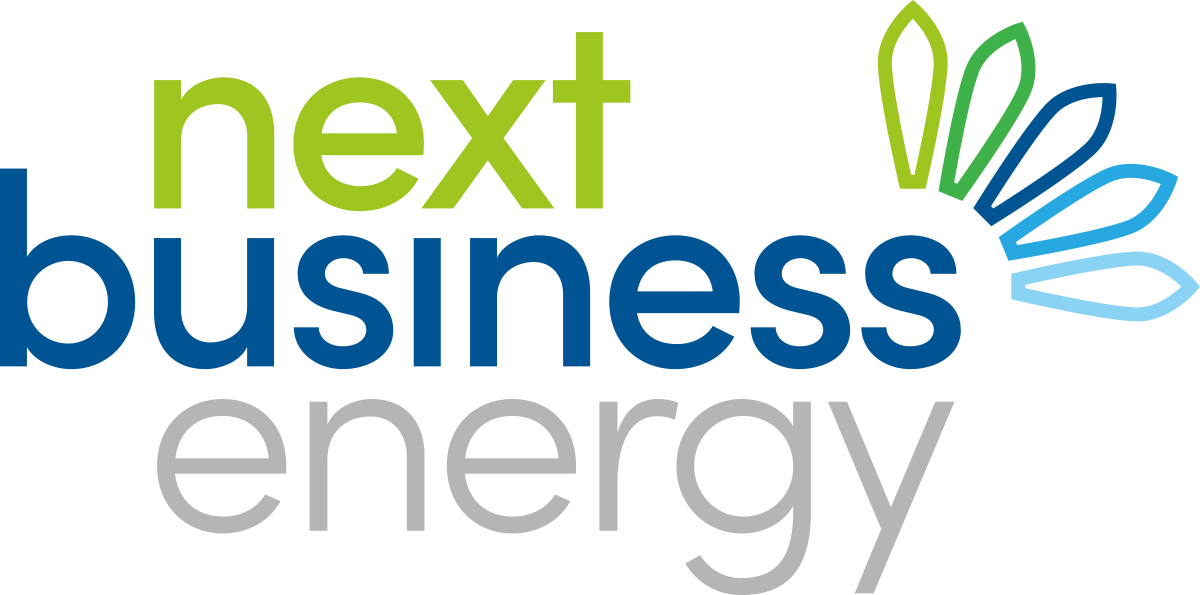In an era dominated by environmental concerns and fluctuating energy costs, businesses face unprecedented challenges around energy consumption. While many are considering a sustainable energy approach, this transition has risks.
However, with careful planning and foresight, your business can transform these challenges into opportunities.
Financial Implications
Transitioning to a sustainable energy plan can come with considerable upfront costs, including infrastructure installation, staff training, and potential retrofitting of existing facilities. However, you should view these initial expenses as investments. Systems like solar panels may substantially reduce energy bills, especially given carbon-intensive energy prices are expected to climb.
Recognising these financial hurdles, governments will provide incentives such as tax credits and subsidies, and businesses can tap into these aids to offset initial costs. Moreover, as the demand for renewable energy grows, technological advancements lead to more cost-effective solutions, further mitigating the financial challenges in the long run.
While there’s an initial financial commitment, the long-term savings, governmental support, and technological progress make the shift to sustainable energy a prudent financial move for forward-looking businesses. If costs are an issue for your business, there are options for you, one of which includes behind-the-meter power purchase agreements (PPA). Via this method, you can avoid upfront costs.
Market Perception and Competitive Landscape
Sustainable energy can significantly enhance a company’s image, especially among the growing eco-conscious demographic. Many consumers now prioritise businesses that demonstrate environmental responsibility, leading to potential market growth and brand loyalty.
While making the shift also risks alienating a market segment that might be sceptical of or indifferent to sustainability efforts, businesses must communicate the broader benefits of their transition – not just the environmental aspect but also the improved efficiency, reliability, and long-term cost savings of renewable energy sources.
By balancing their messaging and ensuring a comprehensive understanding of their market, businesses can harness the positive perception of sustainability while maintaining their broader customer base.
Infrastructure and Long-Term Investments
Transitioning to renewable energy requires investment in new infrastructure like solar panels or wind turbines. While this may entail upfront costs and potential facility modifications, the long-term advantages are substantial.
Renewable installations typically outlast traditional energy sources, offering businesses decades of consistent energy supply. As technology advances, these systems become even more efficient and cost-effective, ensuring businesses reap lasting benefits from their initial investment.
Addressing a Changing Consumer Base
The modern consumer landscape is rapidly evolving, with a significant portion prioritising eco-friendly choices. Embracing sustainable energy can position a business as a leader in this shift, potentially capturing a larger market share of environmentally-conscious consumers.
However, it’s essential to tread carefully. An abrupt or overly aggressive shift can risk sidelining long-standing customers who may be less attuned to environmental concerns. Communication is key, so businesses should emphasise not only the environmental benefits but also the practical advantages of sustainability, such as cost savings and reliability.
Employee Transition and Work Environment
Transitioning to sustainable energy impacts both the workforce and workspace:
- Training: New energy systems mean equipping employees with relevant skills. This investment, while upfront, boosts overall workforce competency.
- Cultural Evolution: A sustainability shift often boosts morale. Encouraging employees to engage in energy-saving initiatives promotes a shared sense of purpose and collaboration.
- Improved Workspace: Sustainable practices can lead to a better work environment, from natural lighting to improved air quality, enhancing productivity and well-being.
- Addressing Resistance: Change can be met with apprehension. Transparent communication about the transition’s benefits can help ease concerns and foster acceptance.
The move to sustainable energy, while requiring some adjustments, can ultimately lead to an empowered workforce and a more conducive work environment.
Implementing a Sustainable Energy Plan
In a constantly evolving world prioritising sustainability, proactive businesses can find their footing and thrive. Understanding and addressing the risks today can pave the way for a more resilient and sustainable future whilst ultimately benefiting your business in the long run.
At Next Business Energy, we recognise the complexities of transitioning to sustainable energy. We work to help you navigate these challenges so you may set your business on a path to both financial and ethical success.
Visit our website for more information on improving your business’s energy efficiency and enacting a sustainable energy plan.

